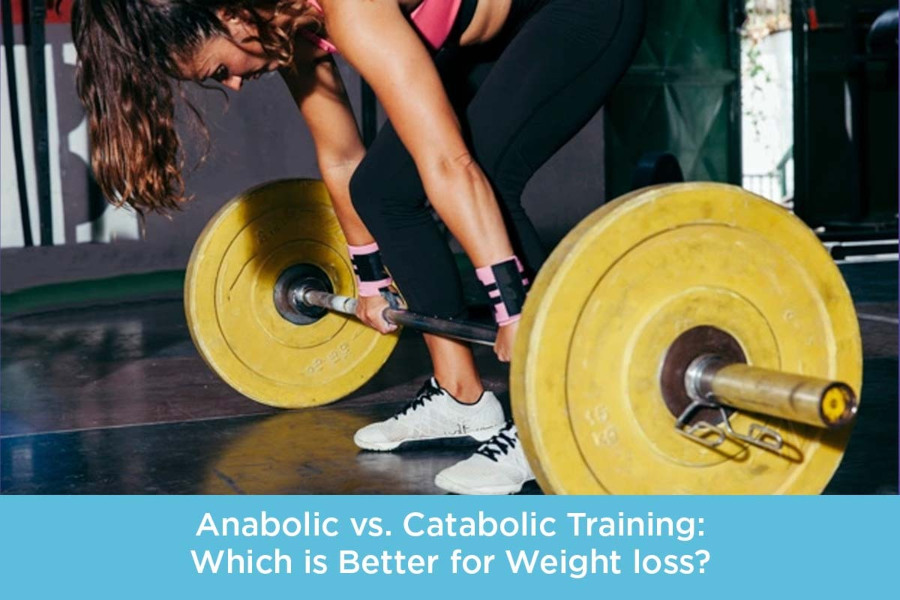
Updated on 22.10.2021
Anabolism and catabolism are metabolic pathways required for the normal development, growth, healing, and reproduction of the human organism, but they describe two opposite processes.
While anabolism refers to the building of molecules and requires energy for completion, catabolism describes the reactions during which complex molecules are broken down into smaller ones, and energy is released. In other words, anabolism is the building up of molecules, whereas catabolism is the destruction or degradation of molecules.
From a biological point of view, both processes are necessary for maintaining life, and they’re both mediated by hormones. For instance, the hormones involved in anabolism are insulin, testosterone, and the human growth hormone (HGH), while the catabolic reactions are mediated by adrenaline, noradrenaline, and cortisol.
When it comes to fitness and weight loss though, the terms “anabolic” and “catabolic”, refer to different types of exercises that deliver different outcomes.
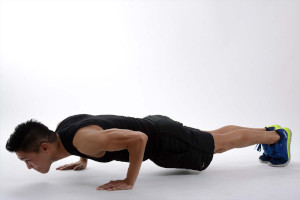
If you want to enter and keep your organism in an anabolic state, you need to make sure you consume the right amount of energy from the right source. For example, foods and nutritional supplements that are high in protein provide muscles with the nutrients and energy needed for growth. On the contrary, if you do not supply your body with enough food, it will inevitably enter a state of catabolism.

Prolonged cardio exercises, such as marathons, triathlons, and mount trekking, can push the organism into a catabolic state. The body will first use up all of the available glycogen after which it will start breaking down fat and protein to produce energy through the process of gluconeogenesis.
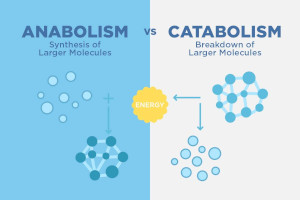
The energy that is released during catabolism is stored in the ATP molecules and used whenever the organism needs it. Without this energy, the anabolic processes can’t take place, as the organism does not produce energy during anabolism. So catabolism is the process that drives anabolism forward.
Once the body has its building blocks available (the macronutrients), the anabolic processes can take place. These include the growth and healing of tissues and occur both during and after exercise. If the body produces more energy in the catabolic state than it requires for its anabolic processes, the excess is stored as either glycogen or fat, for later use.

For weight loss and for decreasing your body fat percentage, you need to keep your body in a catabolic state, which is achieved during cardio exercises that last around 45 minutes. Such workouts are great for decreasing the total fat mass, as the body consumes energy while in an anabolic state.
Some common examples of catabolic exercises include:
The anabolic state is achieved through strength training and proper nutrition, so if you want to gain more muscles, you need to lift weights or do bodyweight exercises. The hormones that are associated with anabolism help in putting on lean mass and can lead to muscle growth, but you need to pay attention to nutrition as well.
Without the needed nutrients, your body won’t be able to build muscle tissue while in an anabolic state, so make sure you get enough protein and carbohydrates before and after exercise. Also, make sure to get enough sleep and rest post-workout, as these processes also support the growth and repairing of the damaged muscle tissues.
Great examples of anabolic exercises include:
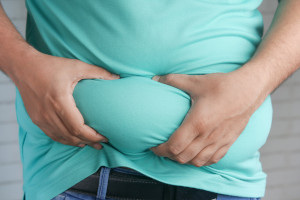
If the cardio workout lasts longer, the organism uses the blood glucose at the beginning, but then it needs an additional source of energy to power the muscles and continues the routine, so it starts breaking down the glycogen stored in muscles or fat tissue. The exercises that keep the body in a catabolic state will result in little to no muscle building but instead will support your weight loss efforts.
If you want to decrease your body fat percentage while at the same time putting on some lean mass and building a more athletic and defined body, ask for your trainer’s recommendations, as the more lean mass you have, the higher your metabolic rate is and thus the more efficient your body is at burning calories during and after exercise.
Final thoughts
The proper understanding of catabolic and anabolic processes will help you reach your desired fitness outcomes, both in the gym and on the weighing scale. If you are looking to lose weight in terms of fat mass, while at the same time keeping your body tight and fit, the combination of cardio exercises plus strength training plus a healthy diet rich in high-fiber and high-protein foods is a good way to go.
Have something to add to this article? Comment below or join our Facebook community and share your thoughts with us.
References (in order of appearance)

Here’s how we use a vibration plate for weight loss...

Many people, especially beginners, notice an itchy or tingling “pins-and-needles”...
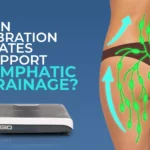
Yes, Vibration Plates or Whole Body Vibration (WBV) platforms, promote...

The lymphatic system, also called the lymphoid system, is an...
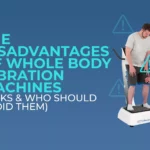
Are vibration machines bad for you? Yes, if used incorrectly....